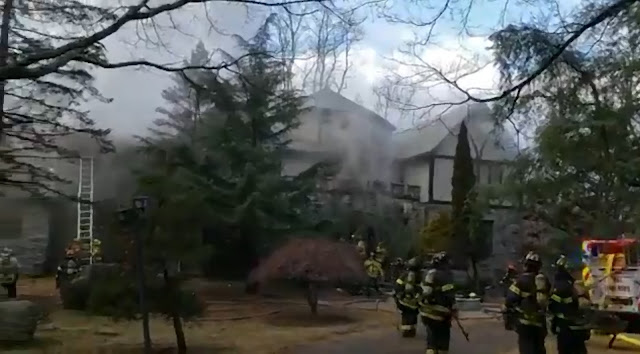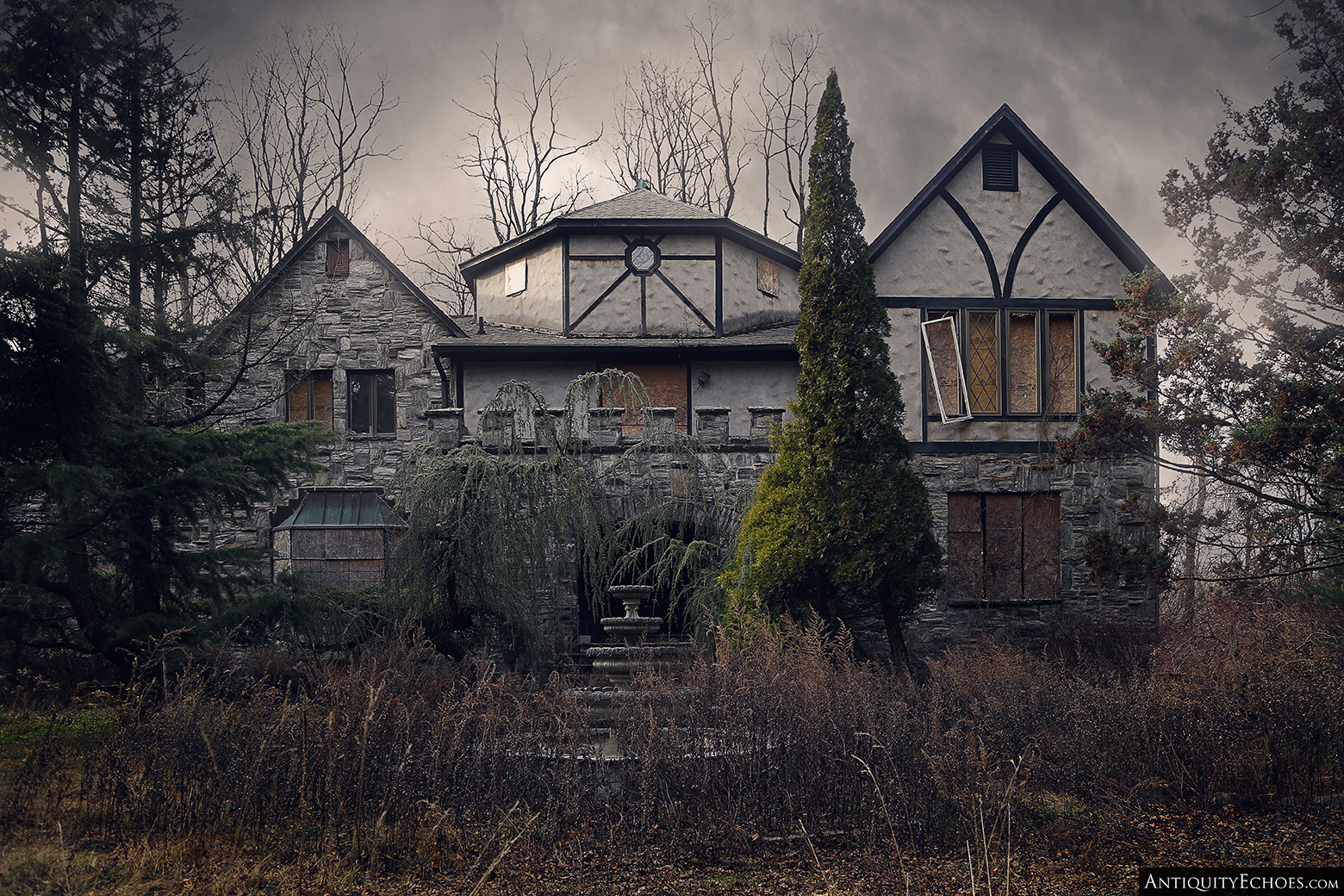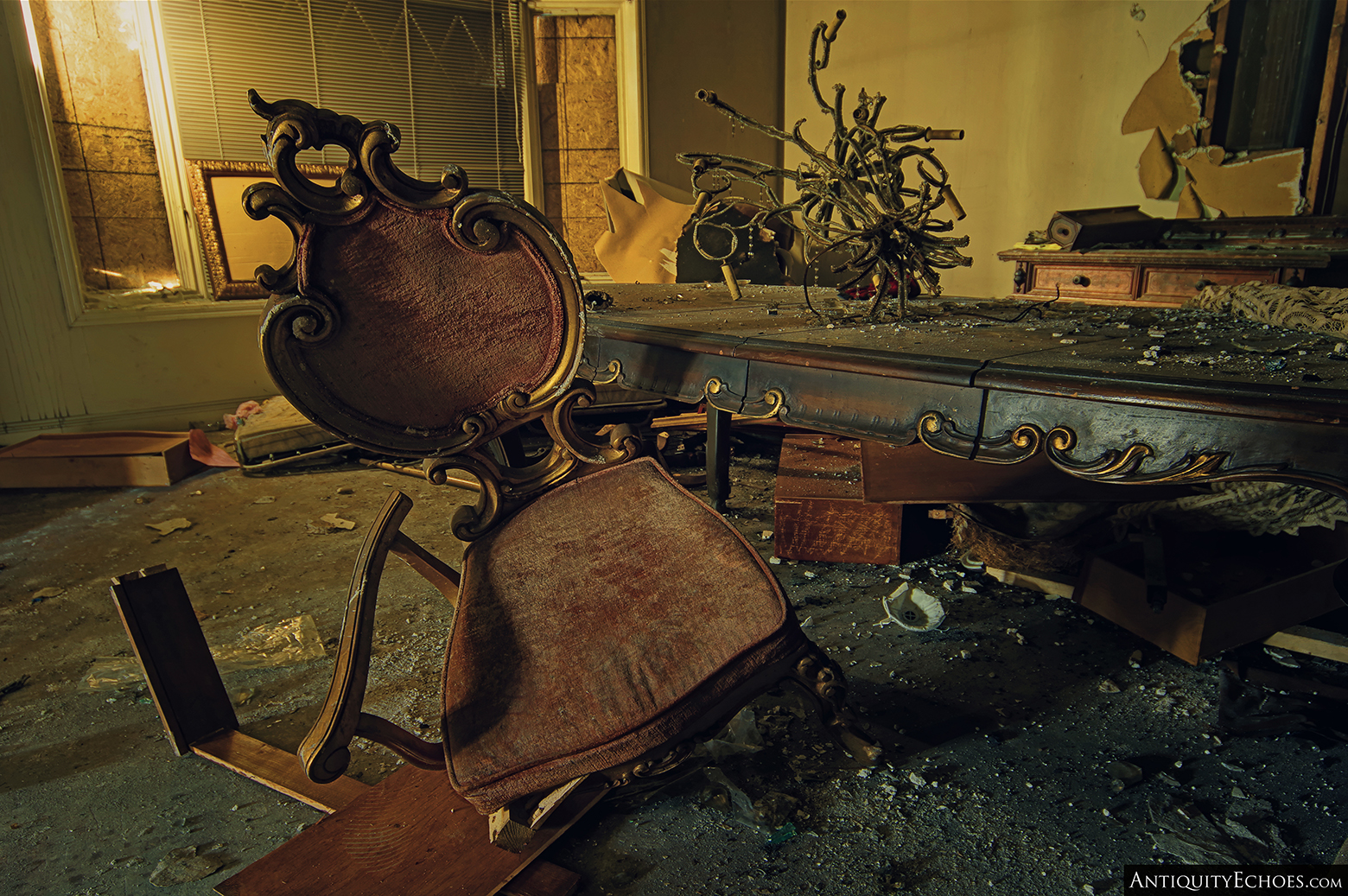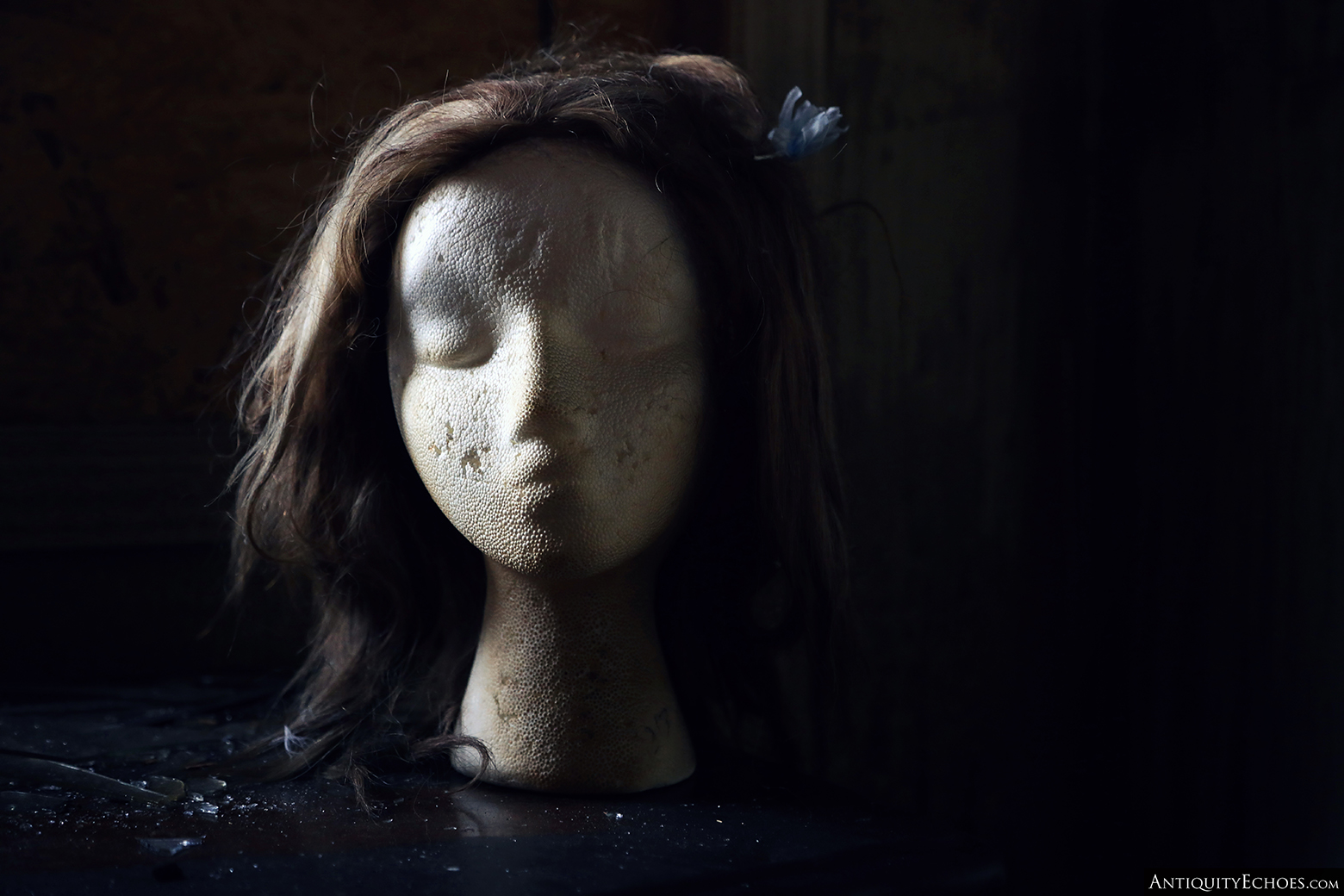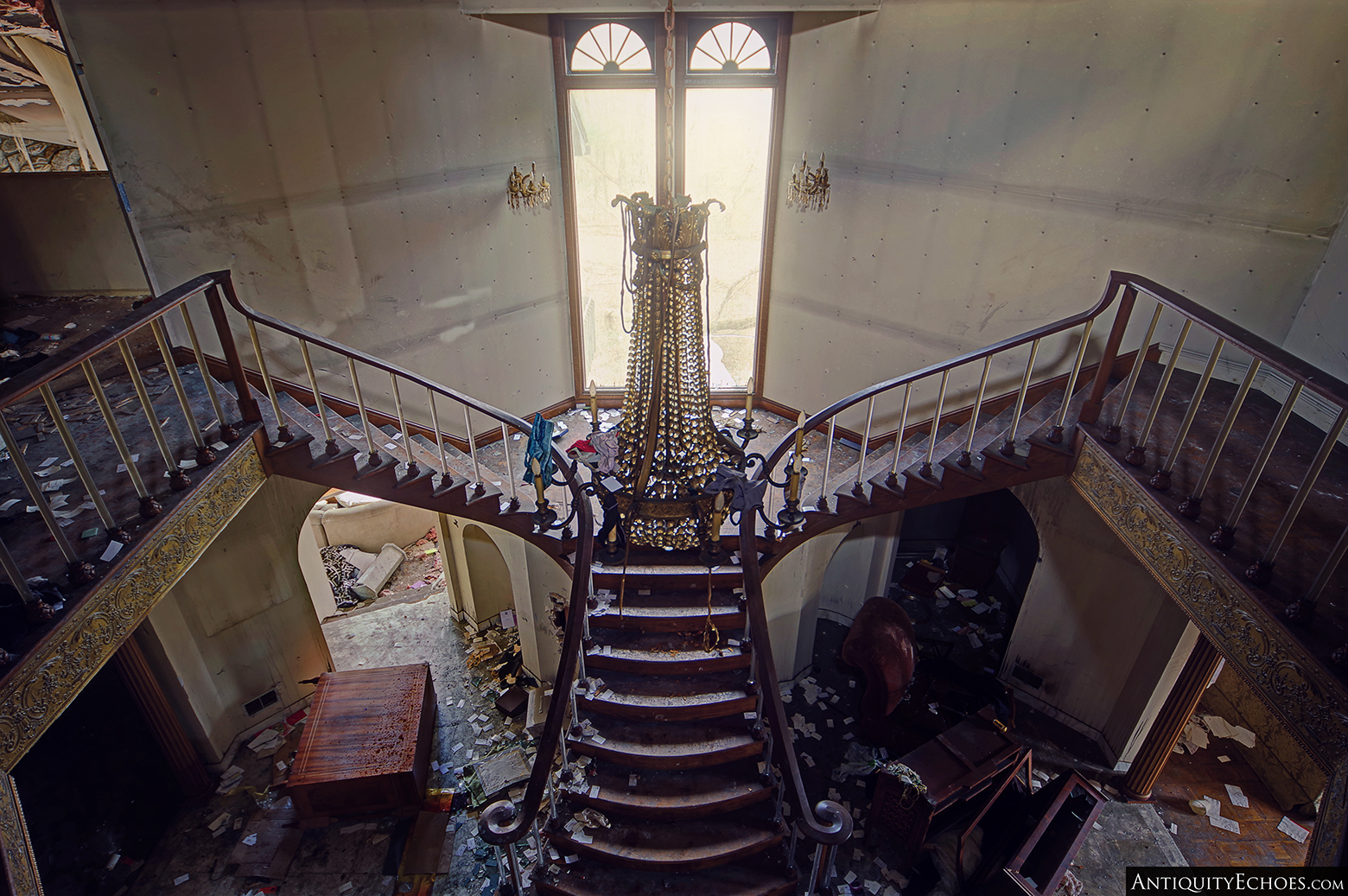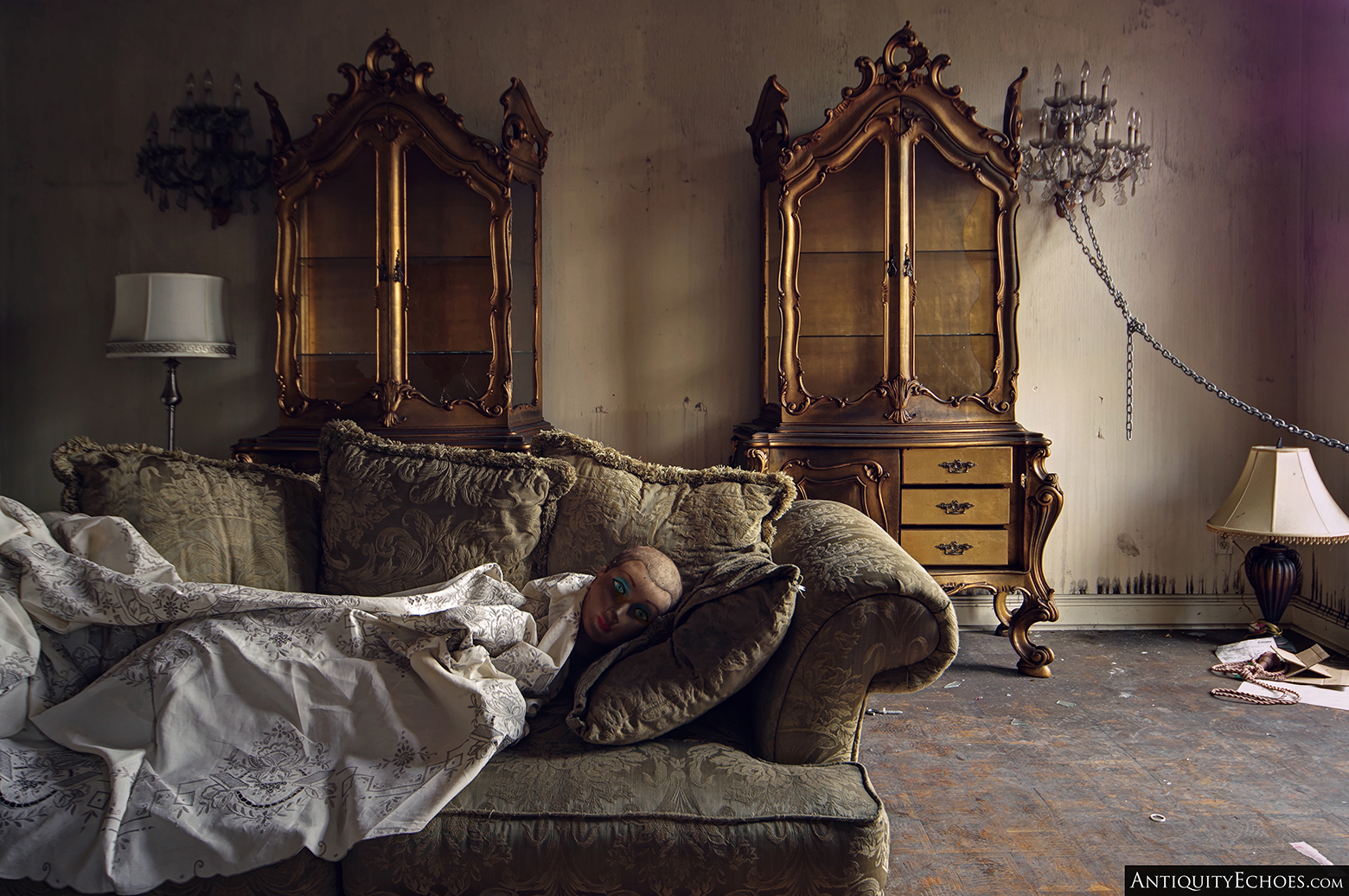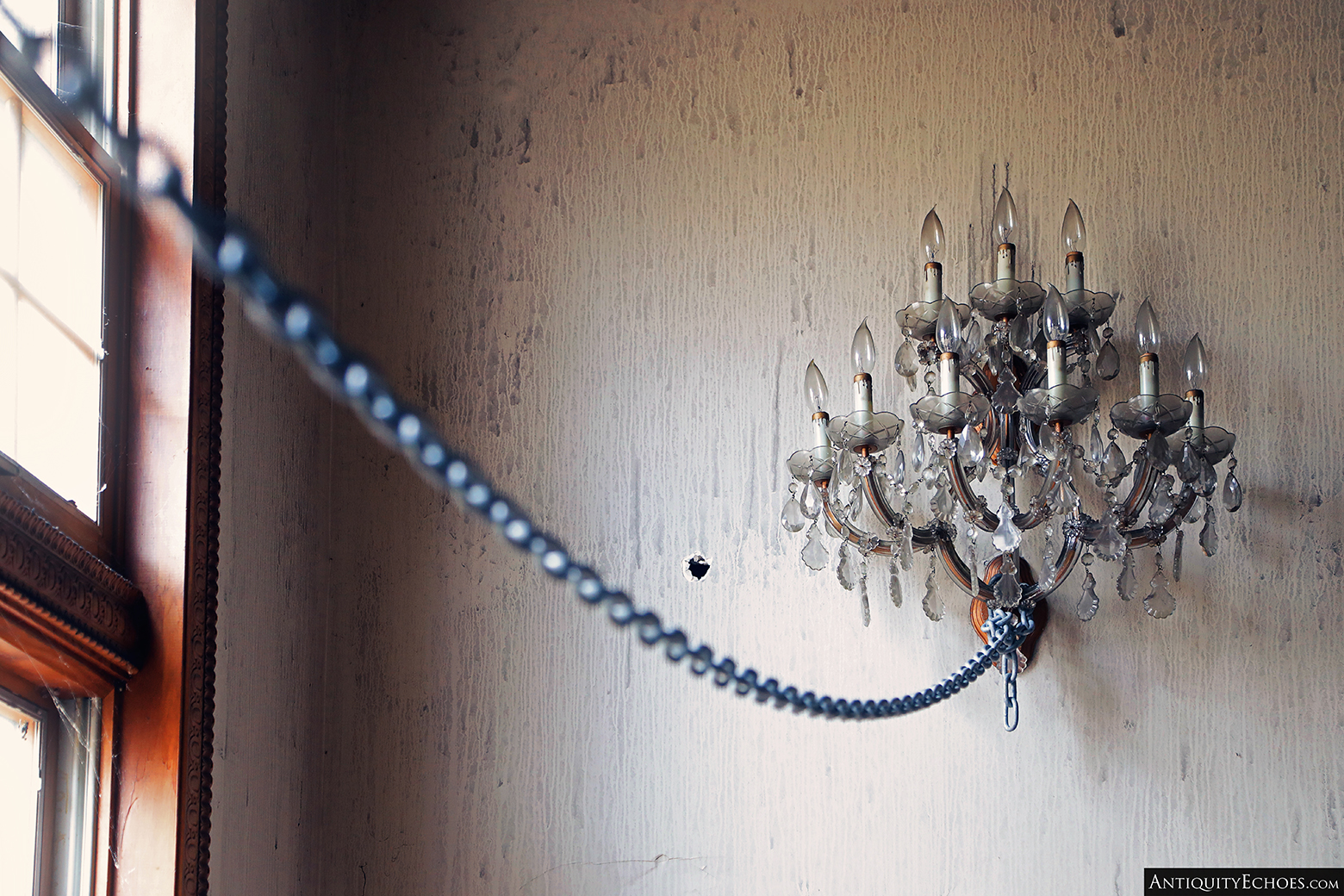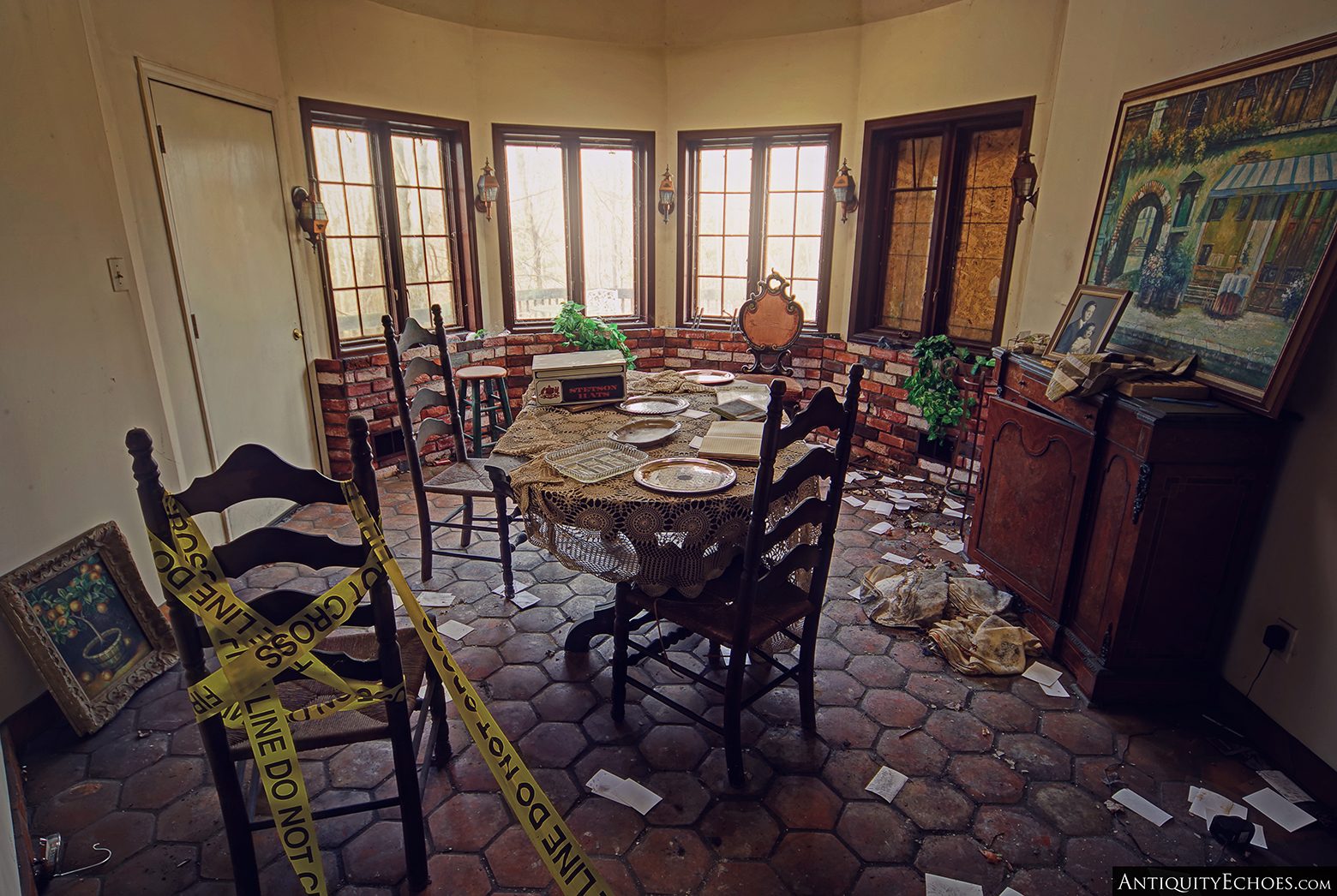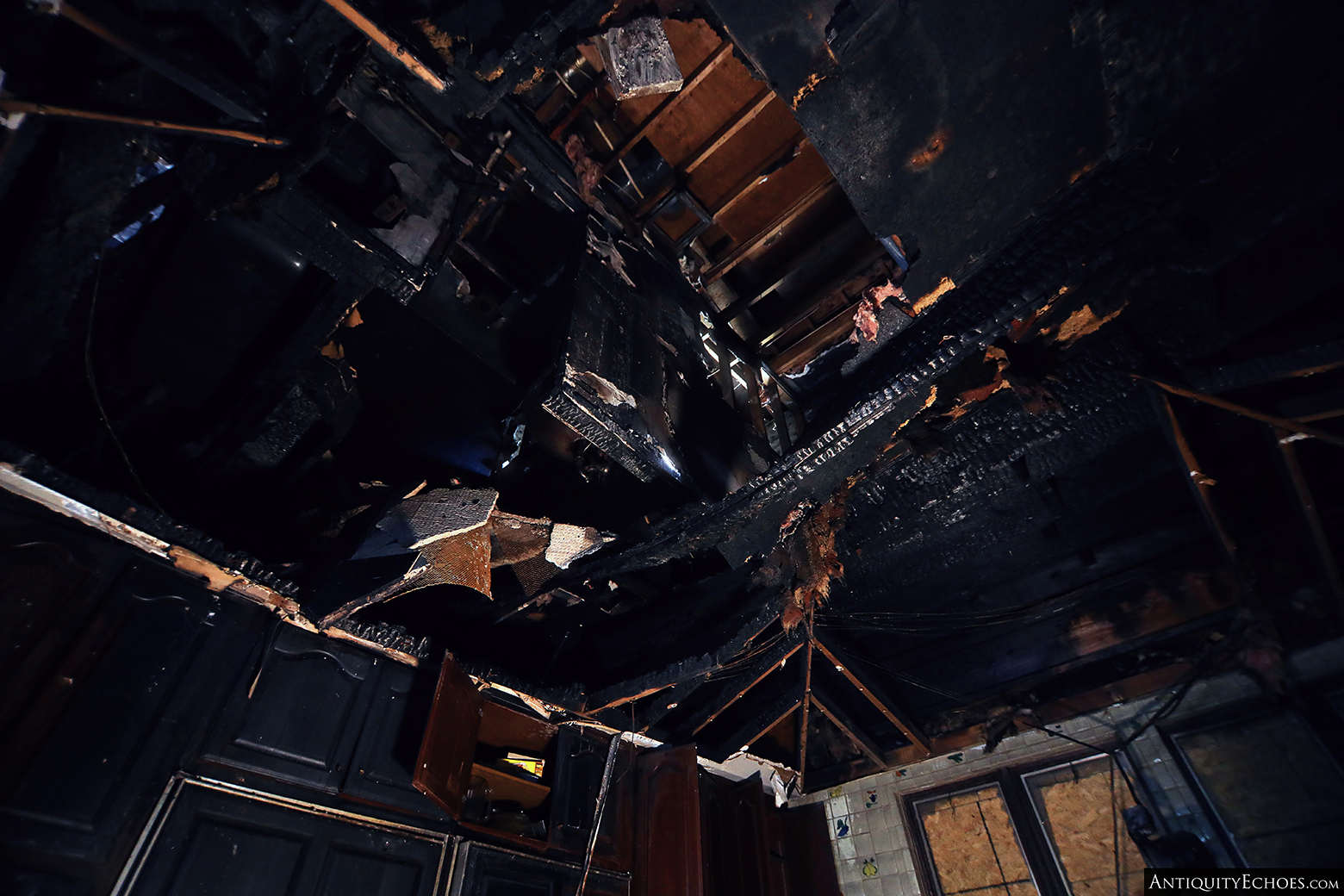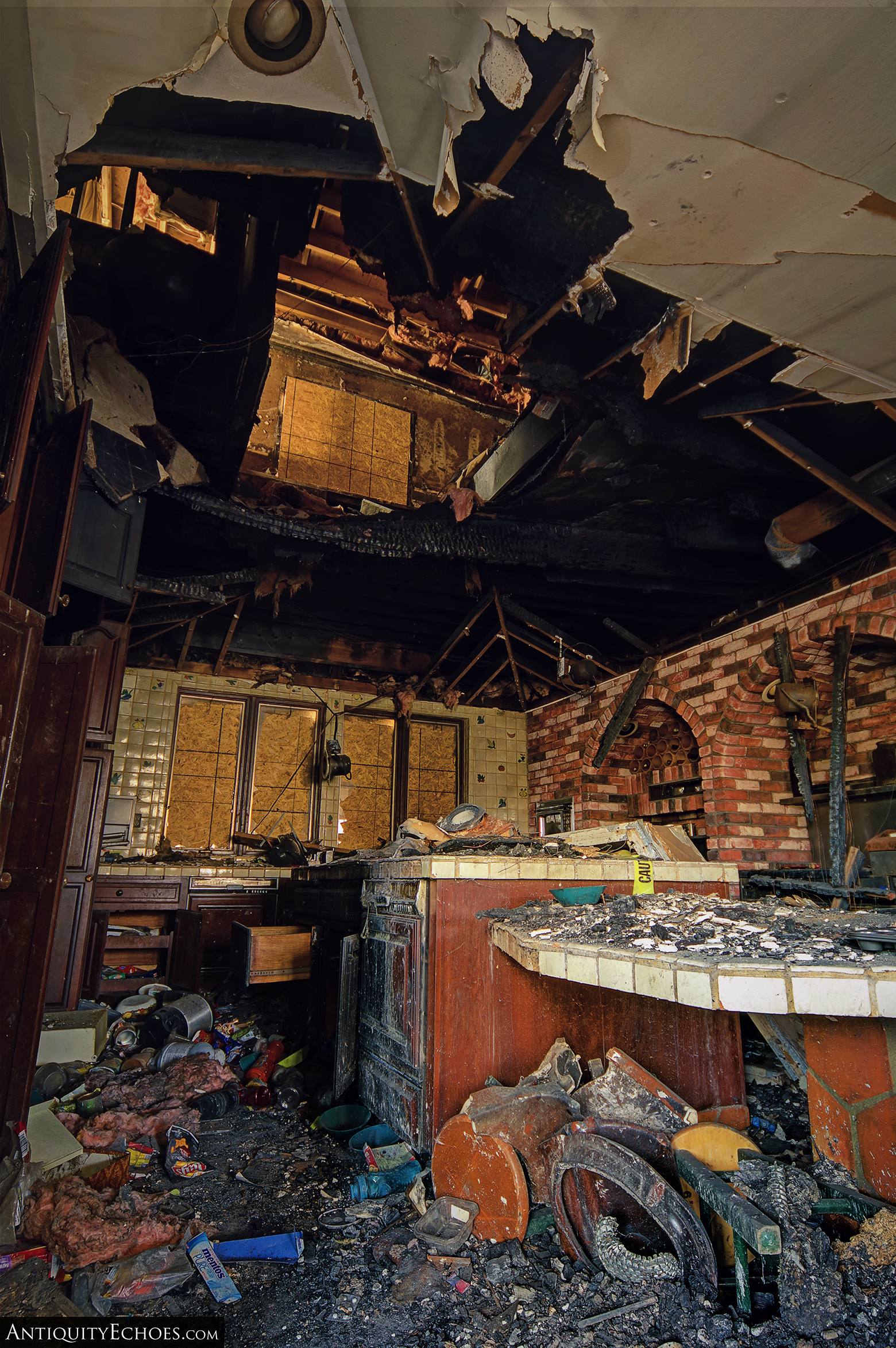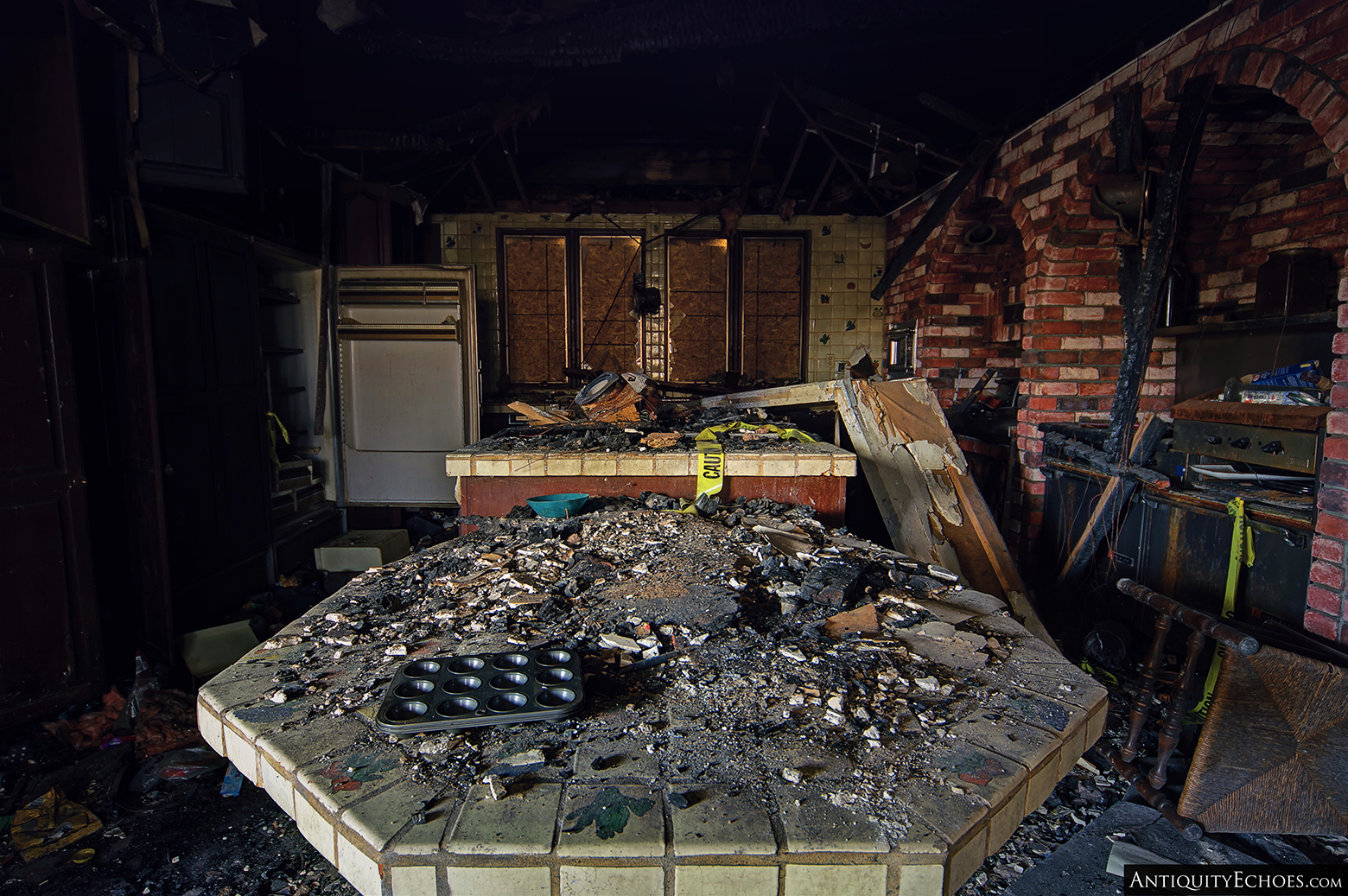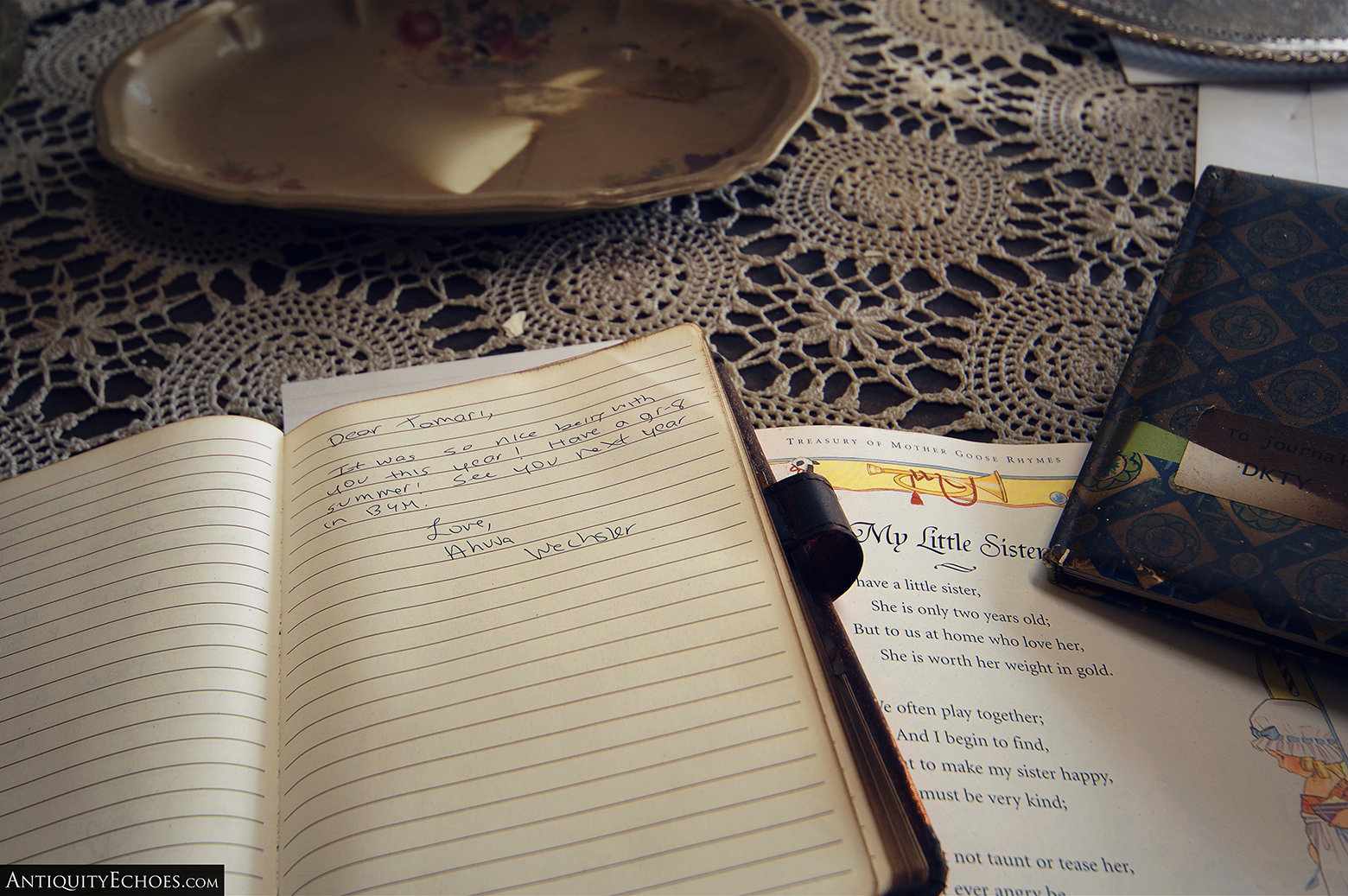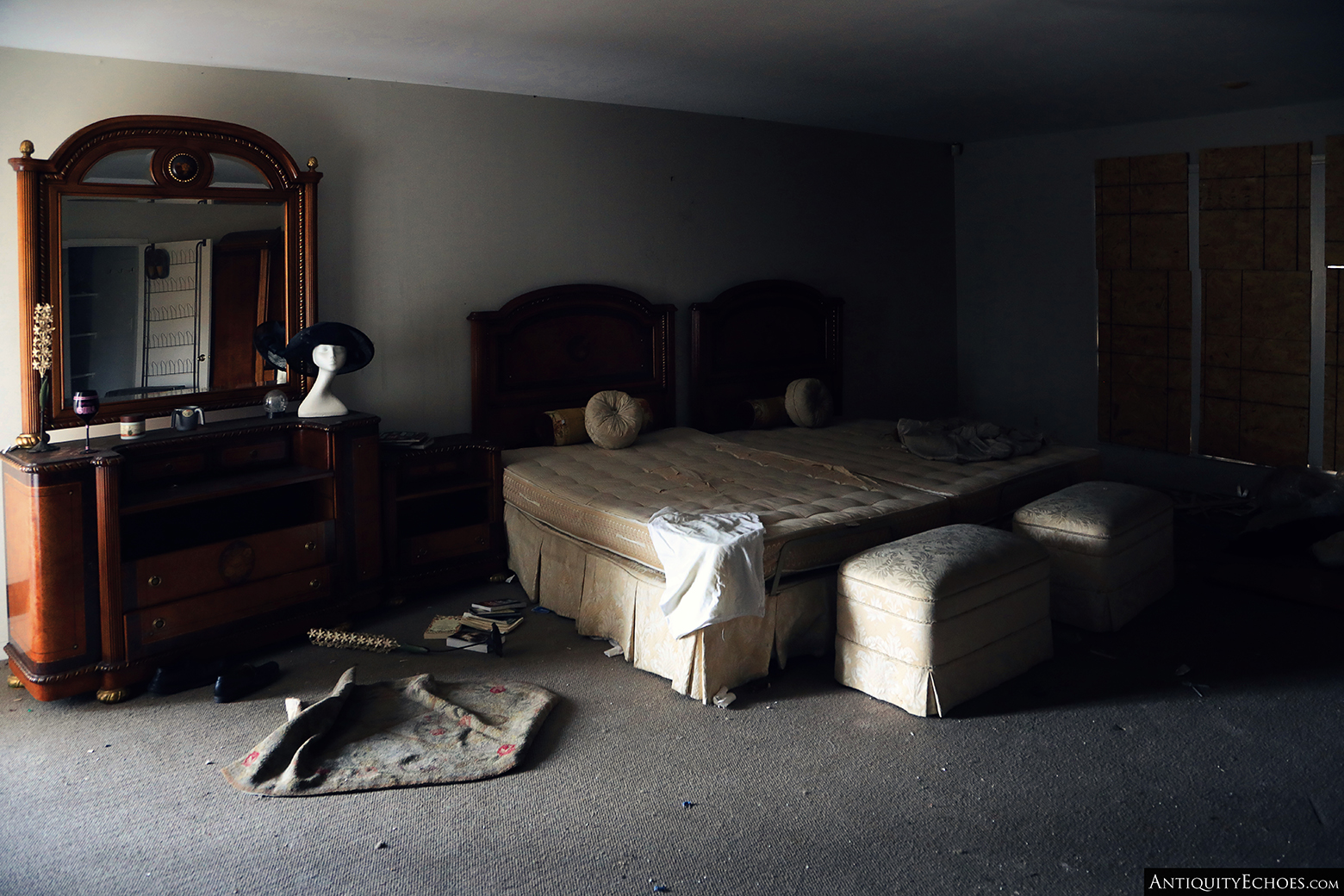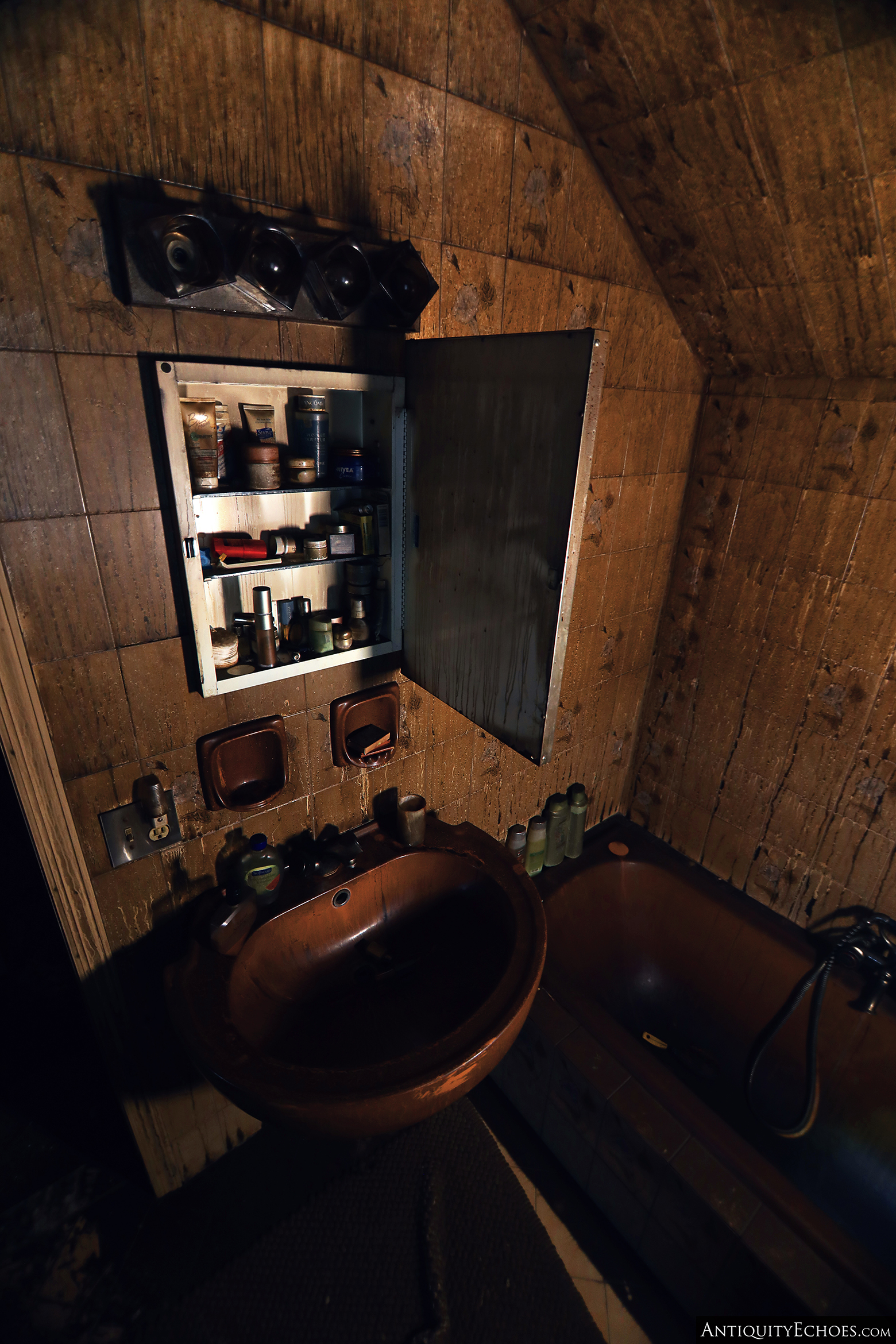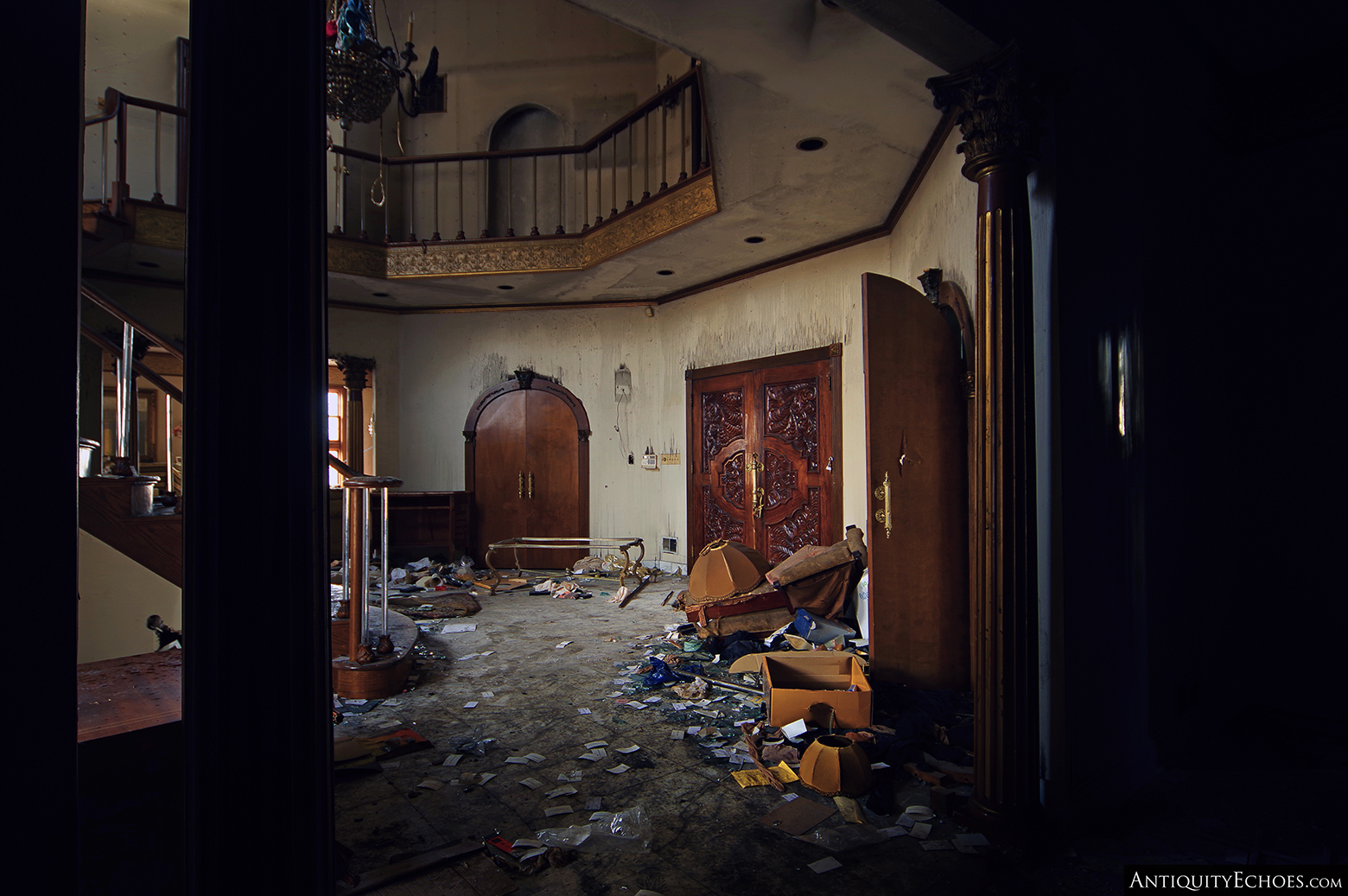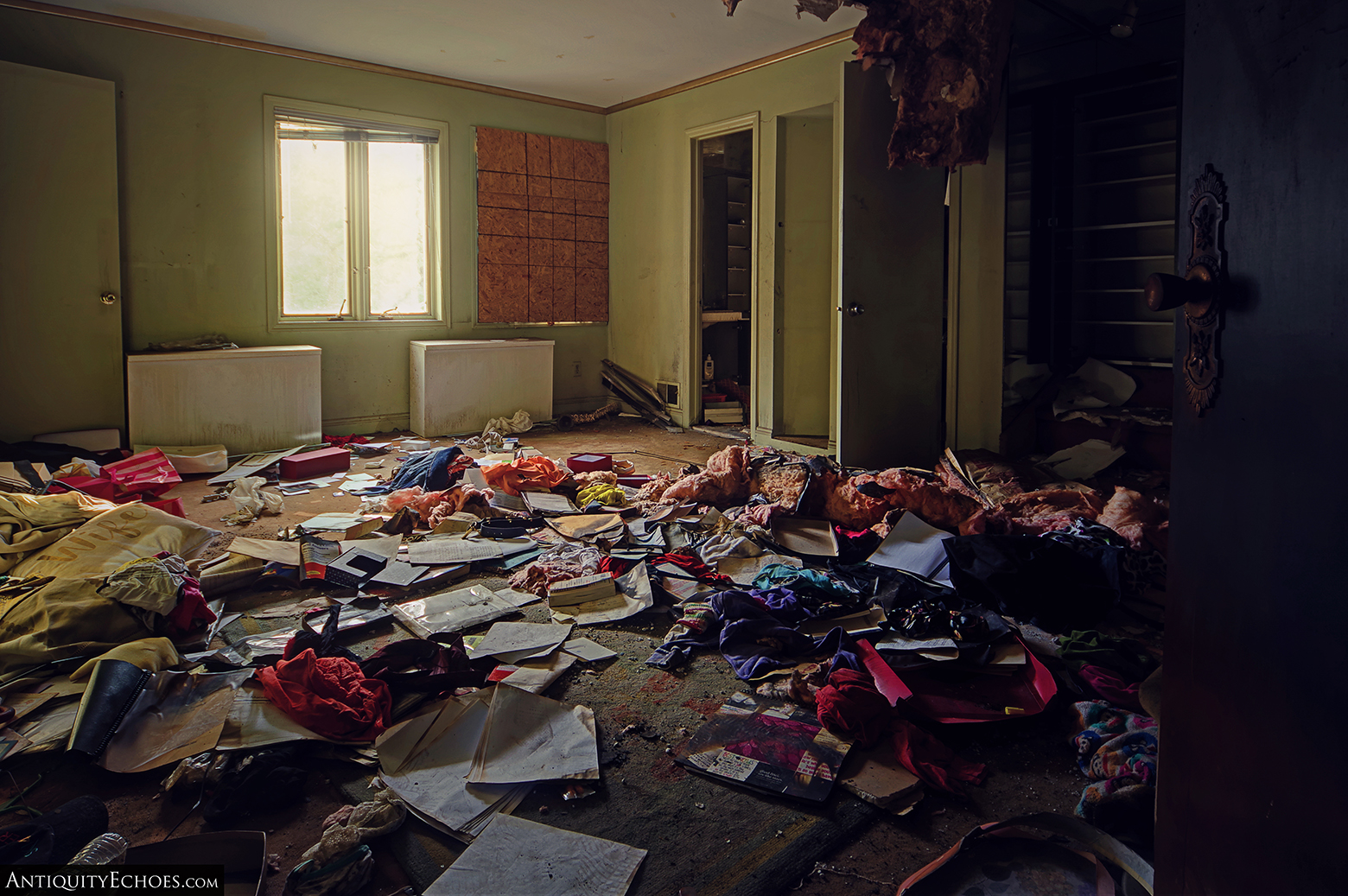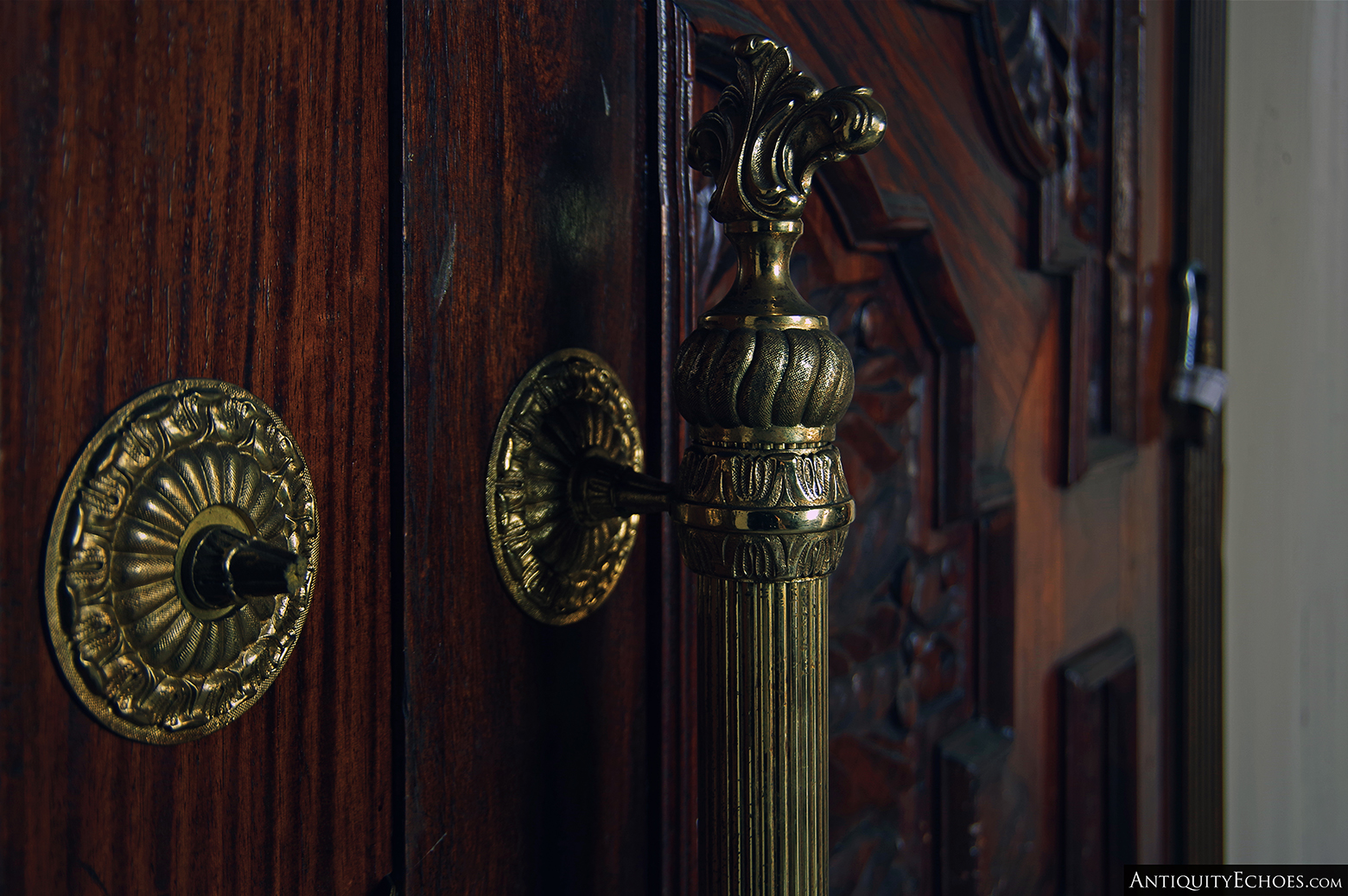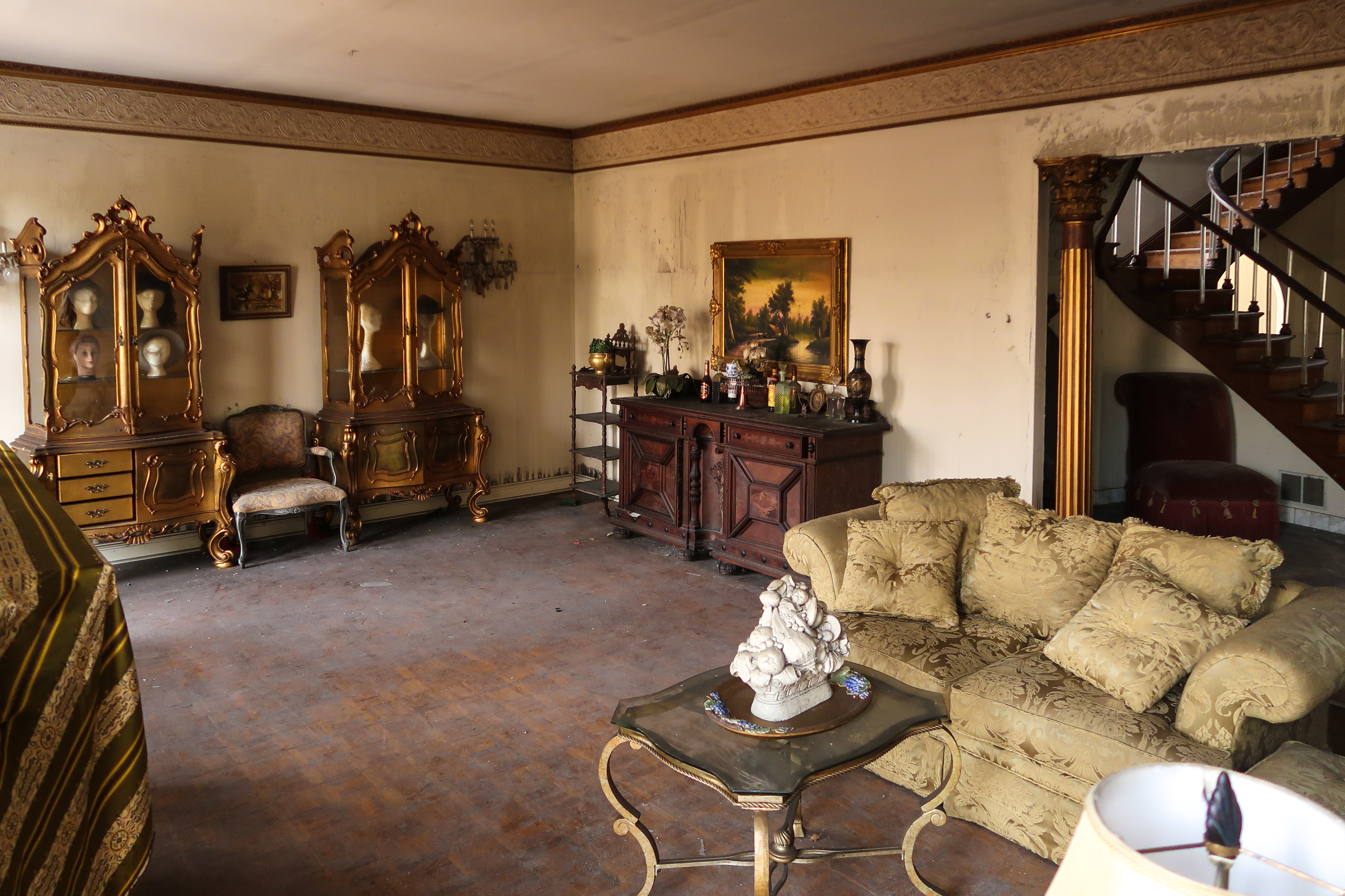The Burned Remains
Light creeps in through shaded and
obstructed windows. Dim in places, but enough to see a family's life
rent apart and scattered across every surface. A murky odor is
suspended in the half-light, one of mildew and long-extinguished
cinders. This house was once a home, but it now stands as the site of
a family tragedy, one which we still feel ambivalent about, even
years after visiting. There is a fuzzy line that divides trespassing
from intruding, and it runs directly through the foundations of this
house.
Almost immediately upon entering the former home, we were hit with an uneasy feeling of intrusiveness, of prying into the private matters of a family we had no business being involved with. This was entirely unlike any other home we have visited throughout the years. Yes, many old homes are filled with vestiges of past families – Clothing, photographs, old letters, memorabilia of previous lives. These items, most often, are simply left behind when a family vacates a home. When that happens, these everyday items transform into poignant reminders of how fleeting existence can be. This was not the case here - The vacating of this house was both violent and tragic.
This house suffered a considerable fire, one which gouged a massive hole, upward, from the ground level up into the roofing over the kitchen area. The family who once lived here was uprooted from their home overnight, and unable to return for their belongings due to the danger the jeopardized building now presents. All of their belongings remained, left to decay through the years, under a roof that fails more and more with each season. A sad ending, but also one with a poetic sense of peacefulness. Or it could have been, but any hope of a dignified end was lost once people discovered the vacant home.
Our visit found the house in total disarray. Clothing and personal items obscured so much of the flooring in some areas that we were forced to walk upon them like an uneven and disjointed carpet. It was clear that the house had become a playground of sorts for people who held no consideration for the victims of this fire. More jarring to us than the chaotic mess was the level of disrespect that crafted it. Brassieres dangled from the chandler over the master stairwell and the counter tops of the burned kitchen were covered with mail, photo albums, and journals. Perhaps most unusual were the numerous mannequin heads that lay scattered throughout the house. They stared out from the dark corners of closets and their perches on shelves, hiding away in nearly every room of the house.
Walking through the house felt almost indecent, and it's difficult to find the proper words to convey the feeling. Unlike most places we visit, where above all else a sense of awe and wonderment drive us to see what's around the next corner or hidden in the next room, here we simply felt pity for the displaced family. A feeling that only grew more intense the more we saw. Luckily, there were some truly beautiful areas with the house, places where you could envision what life here must have been like in a time before the fire, but just beyond an adjacent doorway would be yet another pile of belongings that the family must surely miss. Yearbooks, journals, and religious garments. Do these people staring out from the photographs still think about these things? Of their old home? Do they wish they had a chance to come back and retrieve these same items that people now throw from the balconies and trample underfoot? It all just seemed unfair, and maybe that's the lesson to be found here – Life can change overnight, and empathy is far less common than a kitchen fire.





